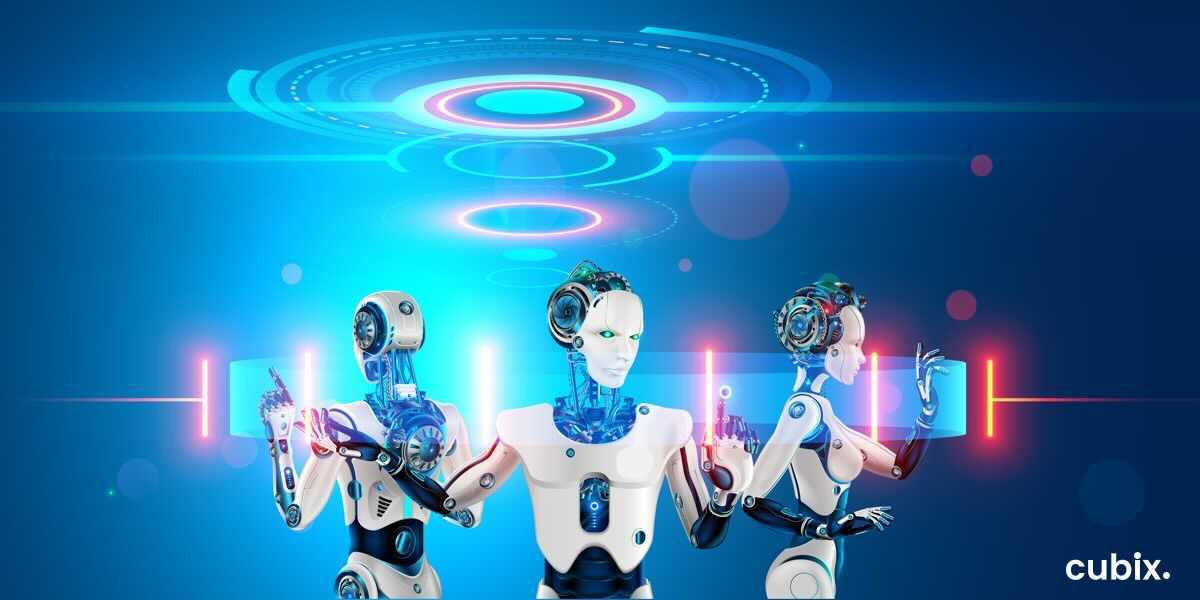With Artificial Intelligence conferences and summits running through several days this July, there is a great deal of information to sift through. Regardless, one thing is almost certain; we are still in the realm of uncertainty when it comes to the twilight zone of AI, and speculation is rife, although we do know that future of AI will impact each and every one of us in one way or another. Even our children will live in a whole new world, and it seems increasingly certain that life for all us could be quite different in the next 5 to 10 years.
In the larger scheme of things, AI has started impacting politics and international relations, so much so that it is now a topic at congressional presentations, while our children will be playing with AI toys soon enough. Commentators believe that these toys will likely be smarter than parents but without a controlling nature. So, they will be like friendly advisors suggesting to children what they should or shouldn't do.
The Merits of AI
AI is already impacting healthcare, and extensive consideration is underway to ensure that the best comes out of using AI in healthcare. As we all know well, with advancement in technology, there are advantages and disadvantages that come along as part of the package. With AI being a vastly potent two-edged sword, flexible regulation is crucial. And so, the goal for most regulatory and oversight bodies is to ensure that they do not asphyxiate AI technology advancement; rather, it is the implementation that must be regulated.
Regulatory Debates Over AI Implementation
For this, regulators have been preparing a list of use cases where AI can and cannot be applied, as well as the limits of use wherever applied. This point is best illustrated by the use of AI systems in certain contexts. It’s noteworthy to mention that there is a tug-of-war between civil society and governing bodies when it comes to privacy.
The use of facial recognition, for example, is a battle that civil society has lost, and while many of us feel that our lives have been intruded, the greater majority has already learned to digest this as a norm; our very own handheld devices read our faces, recognize our voice and, thumb impressions and more.
In Europe in particular, the debate rages on in terms of civil rights groups demanding what they call ‘invasive systems’ should not be set up. Governance bodies say they won’t truth switch on, but they will install these systems. That’s not assuring for civil rights groups.
Previous versions of the European AI Act had a complete ban on setting up infrastructure for facial recognition surveillance but have amended this in recently updated documents. This signals a move toward more monitoring in a variety of electronic forms in public spaces, and the fact that inter-governmental collaboration is under discussion only means that this technology will be adopted in countries and across continents that have a like-minded approach toward monitoring.
While many are discomforted by the idea of cameras constantly watching them, the flipside of such a system can save lives, prevent abductions, etc., or at least improve crime prevention and trace perpetrators. As an example, how would you feel if you knew that every child offender could easily be monitored in your area?
The Depth of AI – Machine Learning and Deep Learning
At the heart of facial recognition and other monitoring systems, deep learning is at work. When you think about Natural Language Processing and neural networks, progress with deep learning has been undeniable. GPT-3 is just one example of how far we have come, and things look more promising for the latter half of 2021 and in 2022.
With more emphasis on deep learning design and more attention to the kind of data being processed, much ground has been covered. There are generally two types of data being used for deep learning; one is human data (what we believe is relevant to deep learning aka supervised), and the other is unsupervised data, wherein machines imbibe what they can, but must run an extensive process. The latter is arguably a procedure that we probably should consider only after we have fed our systems sufficient supervised data.
Once machines know what type of data they have been consuming, they are likely to consume unsupervised data independently with certain parameters set. Speculation has it that this is already happening, and we continue to search for confirmation although GPT-3 seems to point to precisely this.
Apart from AI systems already smarter than they were in previous years, AI has made massive progress, the likes of which have come to light in 2021. Without getting into the What and How of AI achievements in 2021, take a look at the following list and ruminate:
Explore The Best Wearable App Developers and Companies.
The list takes us back to previous months and years to highlight the kinds of progress humankind has made. While we’re constantly thinking about the future of AI, the kinds of releases that we are starting to see on a month-to-month basis speak volumes of the frontiers we’re heading toward. We have come a long way, but the journey has just begun.

